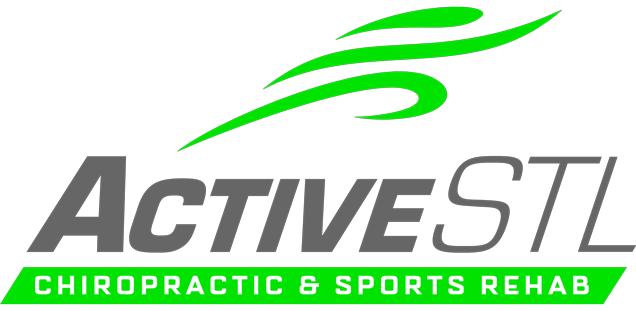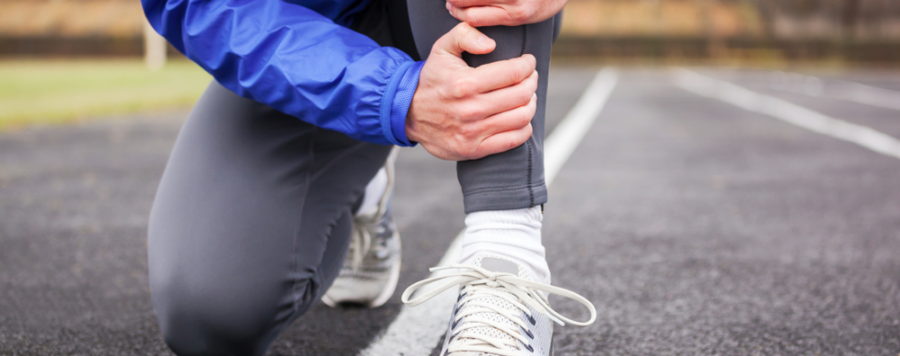Shin Splints In Runners
Shin splints is a catch-all term used for lower leg pain that occurs below the knee. It often develops secondary to too much stress exerted on tendons by tired or inflexible calf muscles. Lack of cushioning, worn-out shoes, over-pronation, and running on hard surfaces are the most common risk factors of this condition.
Beginner athletes, runners, tennis players, and dancers are the most susceptible group to shin splints. It is because they use calf muscles that have not been stressed in the same way before. People who are returning to running from injury are also prone to develop this condition as they often extend their mileage too quickly. Other possible risk factors include old age, weak muscles and bones, body infections, mineral or vitamin deficiency, pregnancy, and poor posture (sitting or standing for an extended period).
Shin splints are further divided into anterior shin splints (on the front outside part of the leg) and medial shin splints (inside of the leg). The symptoms of both types are the same.
Symptoms of Shin Splints
Signs and symptoms of shin splints include a throbbing, aching tenderness along the calf muscles. The main symptom of this condition is moderate to severe pain in the shin bones that typically tend to:
- Begin soon after starting an exercise
- Affect both shins
- Gradually improve with resting. Oftentimes, the pain may fade while you are still doing a physical activity like walking or running. However, it can eventually become permanent and remain even when resting.
- Be dull and achy, but may become increasingly sharp within hours.
- Involve a large part of the shin – a stress fracture may cause pain in a small area instead
It also causes associated symptoms such as tingling sensations and discomfort. These are due to the inflammation of the tendons and muscle fibers on the front of the lower leg. The pain of shin splints is usually most severe at the start of any physical activity but often fades once the muscles are loosened up.
Causes of Shin Splints
Shin splints are among the most frustrating leg injuries as they make essential acts – walking and running – almost impossible. The main problems that can lead to shin splints include:
Muscle strain
Shin splints can develop when the key calf muscles that maintain the longitudinal foot arch and control the lowering of your foot are put through their paces. These muscle groups include tibialis posterior and tibialis anterior.
Most soft tissue injuries of the leg occur because the calf muscles are either too short or too weak to do the job they are assigned to do. So, they start to break down as people try to increase mileage.
Stress fractures
A tibial stress fracture is one of the common causes of shin splints. Tibial bone plays a vital role in controlling the lowering of your foot and maintaining the longitudinal foot arch. Injuries that involve a fracture of the tibia cause calf muscles to become fatigued, and they can’t absorb the shock of running.
You are most likely to have a stress fracture if your pain doesn’t fade once the muscles are warmed up or worsens as you run. If you suspect a shin split secondary to bone fracture, see your doctor for an x-ray. Depending on the severity, treatment usually involves four to six weeks off from any physical activity.
Compartment Syndrome
It is a less common cause that can occur in any part of the lower leg. Compartment syndrome is characterized by a tightening of the calf muscles that worsens during exercise. More than 70% of compartment syndrome cases involve front part of the leg, and the shin is normally pain-free except during intense activity.
Medial Tibial Stress Syndrome
Although a less known cause of shin splints, this condition often develops due to constant stress on the tibia and calf muscles that can lead to bone or muscle injury. Unlike beginners, medial tibial stress syndrome is also seen in professional runners and athletes.
Conservative Treatment Options
Many runners and athletes experience mild soreness of the shin at one time or another. According to podiatrists, if shin splints knock you at the start of a season, a certain amount of warm-up before exercise will help the body adapt. If it persists, you should not exercise through it.
Shin splints are usually treated with common home remedies. The following tips may help allow your calf muscles to heal and relieve the pain.
Rest – You should stop the activity for at least two to three weeks that causes your shin splints. It helps stimulate the flow of blood and relax your stressed muscles.
Change your shoes – It’s a good idea to go to a sports shop to have your gait analyzed. Try switching to a more comfortable shoe that limits pronation and put less stress on your shin. You can also try arch support.
Switch to low-impact activities – Activities such as yoga, swimming, and cycling are one of many good ways to keep your calf muscles fit. Low impact exercises help relieve symptoms without putting too much stress on your shins.
Ice – Hold an ice pack or a bag of frozen peas wrapped in a tea towel against your legs for around 5 to 10 minutes. Do this every 4-5 hours for the first few days. Cold therapy helps with pain and swelling.
Pain relief – To help relieve the pain, you can take over-the-counter medications such as ibuprofen and paracetamol.
Train your hips and core – Strengthening your core and hips will make you a more active runner, which improves body mechanics and foot strike. Healthy hips also help prevent developing shin splints and stress fractures.
Up your vitamin D and calcium intake – Talk to your doctor and ask him/her if you can take calcium and vitamin D for shin splints. Studies suggest that taking 400 micrograms of vitamin D per day and 1,300 milligrams of calcium is essential for muscle and bone health. You can get your daily dose of these potent nutrients from milk, yogurt, and supplements.


